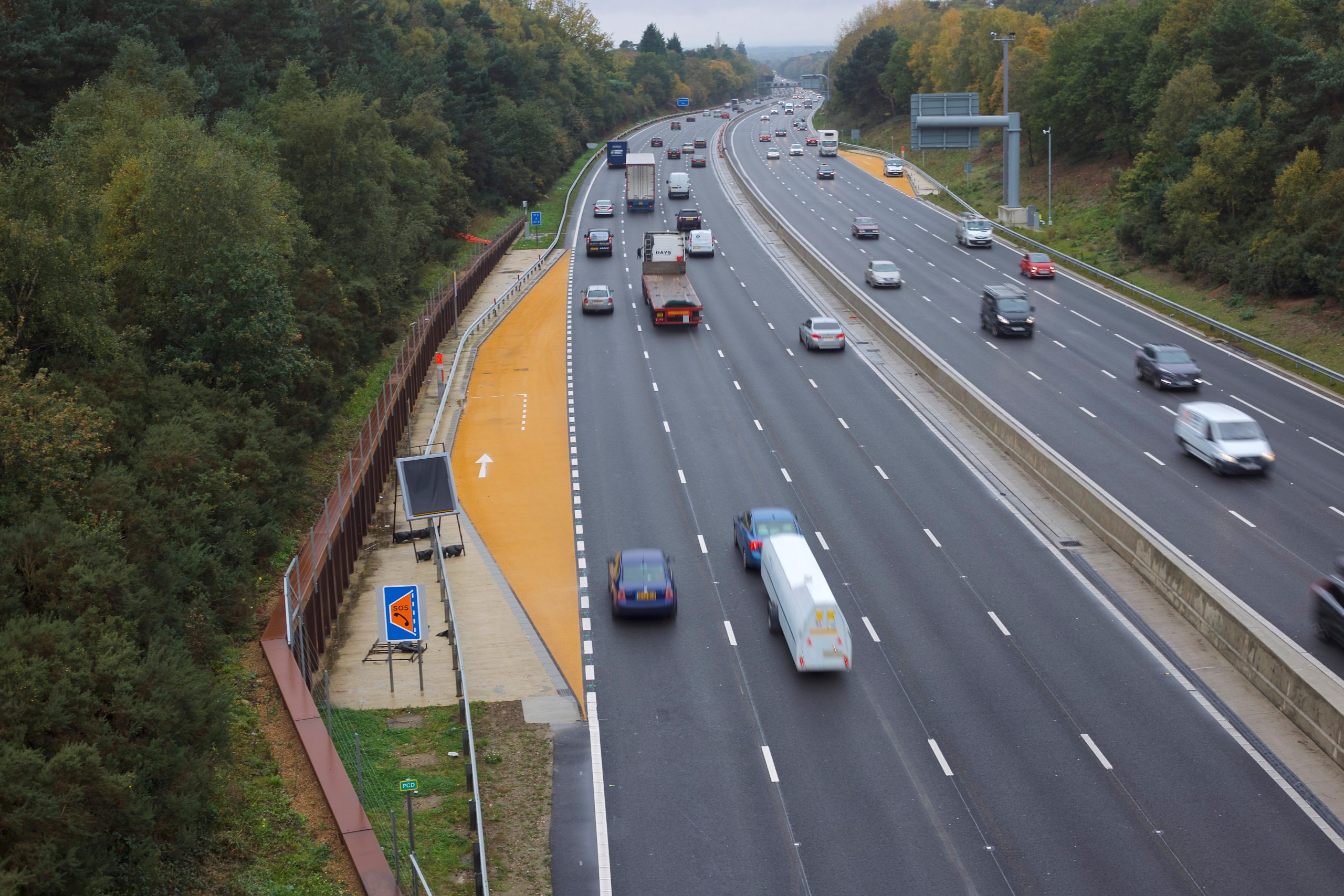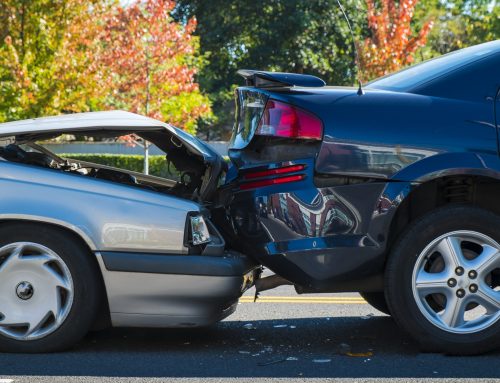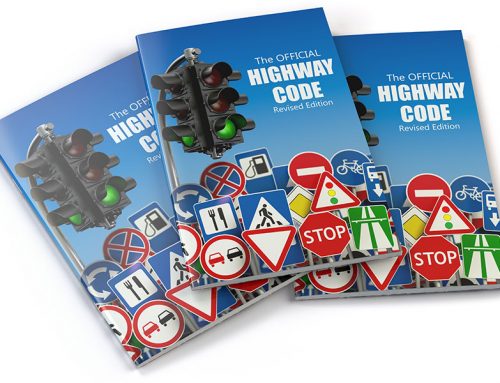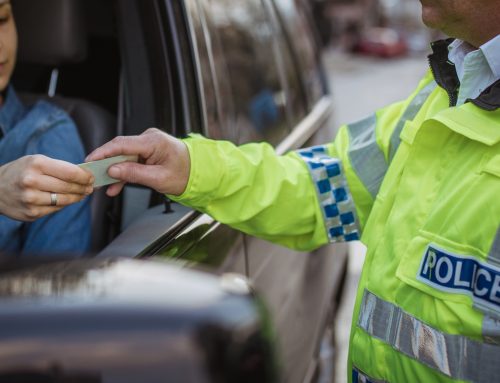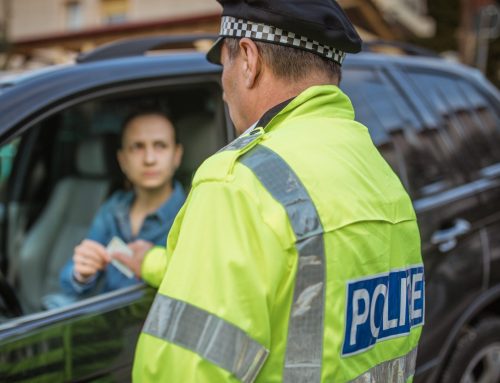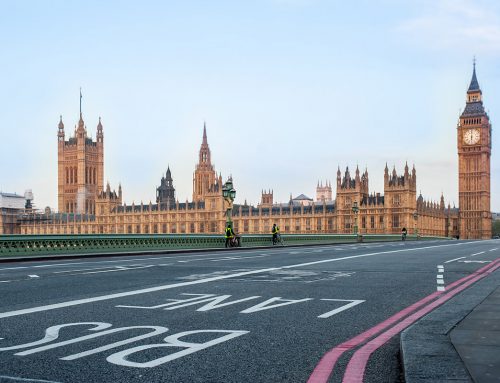It is expected that all drivers know what a motorway is and how to use them safely, given, according to government statistics these are our safest roads. However, over the past decade or so, we have been introduced to different kinds of motorways, called ‘Smart Motorways’ which are causing some consternation to motorists.
There were three types of smart motorways all which stem from a pilot on the M42 Birmingham Box, in 2007. All lane running; dynamic hard shoulders and controlled motorway schemes.
All Lane Running is exactly what it says, the hard shoulder has been removed and used as a live lane and Safe Refuges installed in their place every 500m. Technology installed to detect broken down or stationary traffic, with messaging in over head gantries to advise drivers of issues ahead, in particular the Red X to close a lane. Speed cameras and CCTV also monitor the carriageways.
Dynamic hard shoulders were introduced when traffic congestion occurred and the hard shoulder was used to help manage it. A Red X is used to indicate the lane is closed. This system of managing traffic became too complicated, so it is to be discontinued.
Controlled Motorway Schemes are the standard current method of managing traffic with variable speed limits being applied when traffic becomes congested, retaining the standard hard shoulder.
Many motorways that are being upgraded to all lane running motorways do not have the same level of safety built into them, which is subject to a review and now Highways England have been referred to the CPS after a woman’s death.
While we still have them drivers need to become more aware and understand what to do in the event of a break down or accident. Emergency Refuges currently are two kilometres (1.6 miles) apart and are set back out of the way of live running lanes. Those already built should get a new Orange paint job which should have occurred during construction. Most are now being made much longer for larger vehicles and with the ability to be seen by control room staff. Over 40 deaths in the past decade have occurred on all lane running motorways because of vehicles crashing into stationary/broken down traffic, which is why it is important to understand what to do should you become stranded.
Where possible, try to get to the near side lane (lane 1) and if possible, keep going until you can leave the motorway or reach a Safety Refuge, where help can be summoned by telephone located in that refuge. Hopefully, you will be seen by a control room operator before you make your call, but if not, you will be seen just by picking up the phone. If you are not able to get to a refuge, then stop in lane 1 and activate your hazard warning lights. If you feel you can get out safely with any occupants then leave your vehicle by the near side passenger door. Again, if possible, try to get off the live lane by climbing over any barriers, where you can see the other side is safe. Do not climb over any high wooden or metal fences as there is often a long drop on the other side. Use your mobile telephone and dial 999 for immediate response, advising them of your location from marker posts which should be sited every hundred yards apart.

